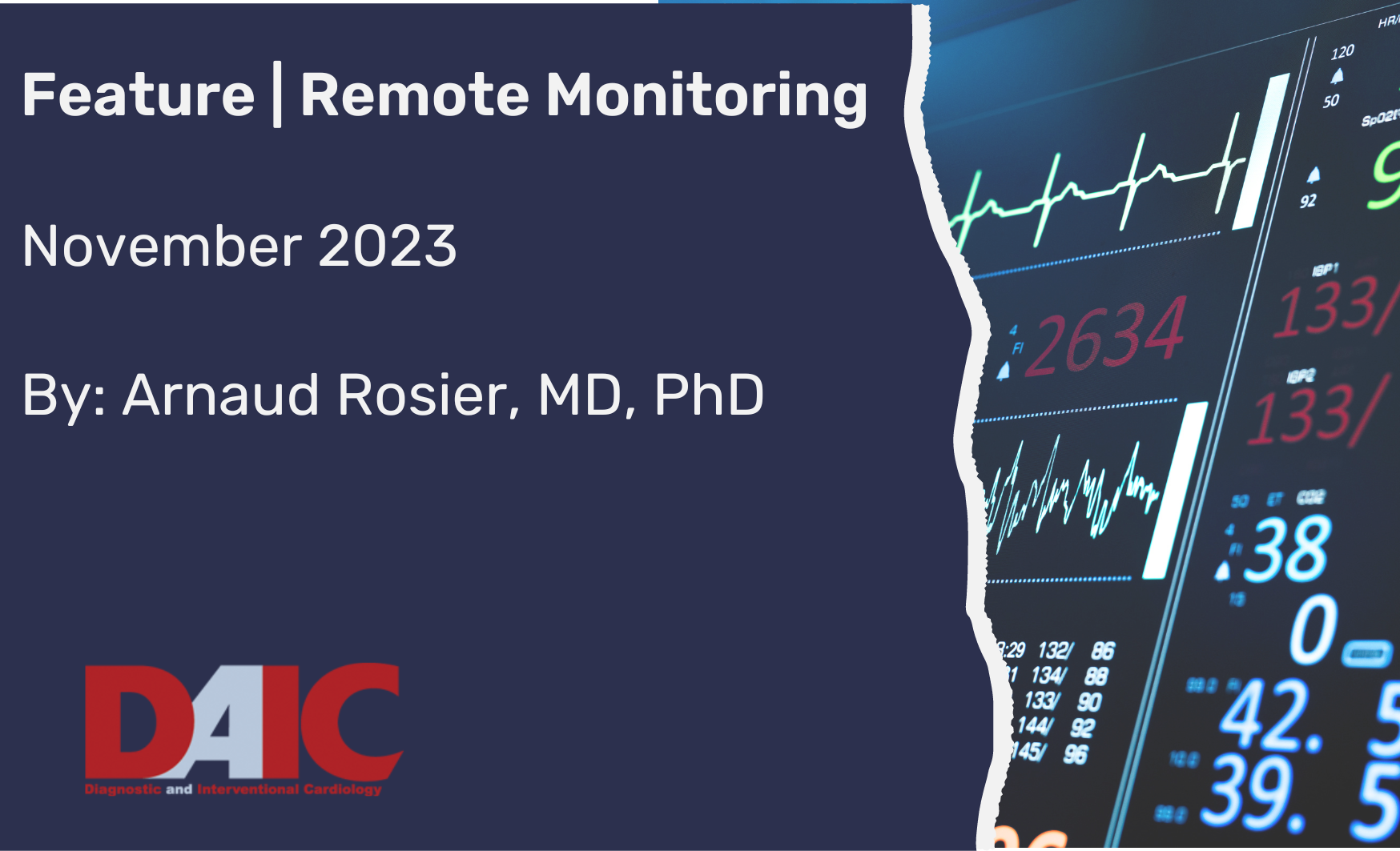Recent recommendations for remote monitoring of implantable devices may require healthcare organizations to rethink how they staff their operations
This past spring, electrophysiology experts issued new recommendations for remote monitoring of cardiovascular implantable electronic devices (CIEDs). The expert consensus statement — released jointly by four major cardiac electrophysiology societies — covers everything from patient enrollment to connectivity.
More than anything, though, I was struck by the recommendations around staffing.
The first “take-home message” listed in the report is that remote monitoring is the standard of care for patients with implantable cardiac devices. However, this has been the case since at least 2015, and I would estimate that only around half of patients with CIEDs are enrolled in remote monitoring programs. Even for those who are remotely monitored, service levels are highly inconsistent. I’ve heard stories of patients who have turned off their transmitters, and no one contacted them about the missing signal for weeks, simply because providers were overwhelmed or didn’t have the proper resources to track disconnected devices.
This is one example of why these new staffing recommendations are so important. If we provide an aging population with the best care possible, healthcare organizations must first learn how to train and manage the employees needed to monitor remote devices effectively; or educate them on third-party resources available to help fill the gaps.
The key staffing takeaways from the report include the following.
Three Employees to Monitor 1,000 Patients
“For the care of patients with CIEDs on [remote monitoring],” the report states, “it is reasonable for clinics to have a minimum of 3.0 full-time equivalents per 1,000 patients on [remote monitoring], comprising both clinical and administrative staff.” Now, this may not sound like an overly burdensome staffing ratio, but many healthcare organizations struggle to attract and retain staff. To meet the needs of the future — most providers will need to step up their staffing, become dramatically more efficient, or both.
With a third-party tool, clinics can expand capacity without adding to their headcount. For organizations that use Implicitly, it is relatively common for a clinic to maintain only three full-time employees to manage remote monitoring for up to 5,000 or more patients.
The Importance of Certification and Training
Providers who oversee — or who review, manage, document or bill for remote monitoring of implantable cardiac devices — should be able to demonstrate their expertise in CIED management by holding appropriate education and certifications, the recommendations state. Further, the expert consensus holds that these education and certification efforts should be supported (i.e., funded) by employers and that all staffers involved with remote monitoring should engage in quality improvement reviews to support current evidence-based standards. Translation: It’s not enough to merely hire an appropriate number of employees. Providers must continue to train their staff on an ongoing basis.
A Transition to Alert-based Monitoring
For patients who lack continuous connectivity, it is recommended that they make remote transmissions every 3 to 12 months, depending on device type. However, the recommendations note that continuous connectivity allows providers to monitor patient data based on specific alerts rather than at time-based intervals. Alert-based monitoring became more common during the COVID-19 pandemic out of necessity, and it showed promising results, with the potential to make remote monitoring staffers more efficient. According to the report, alert-based monitoring “could minimize low-value effort, optimize clinic visits for actionable events, and decrease health care costs.”
Read the full article here.

